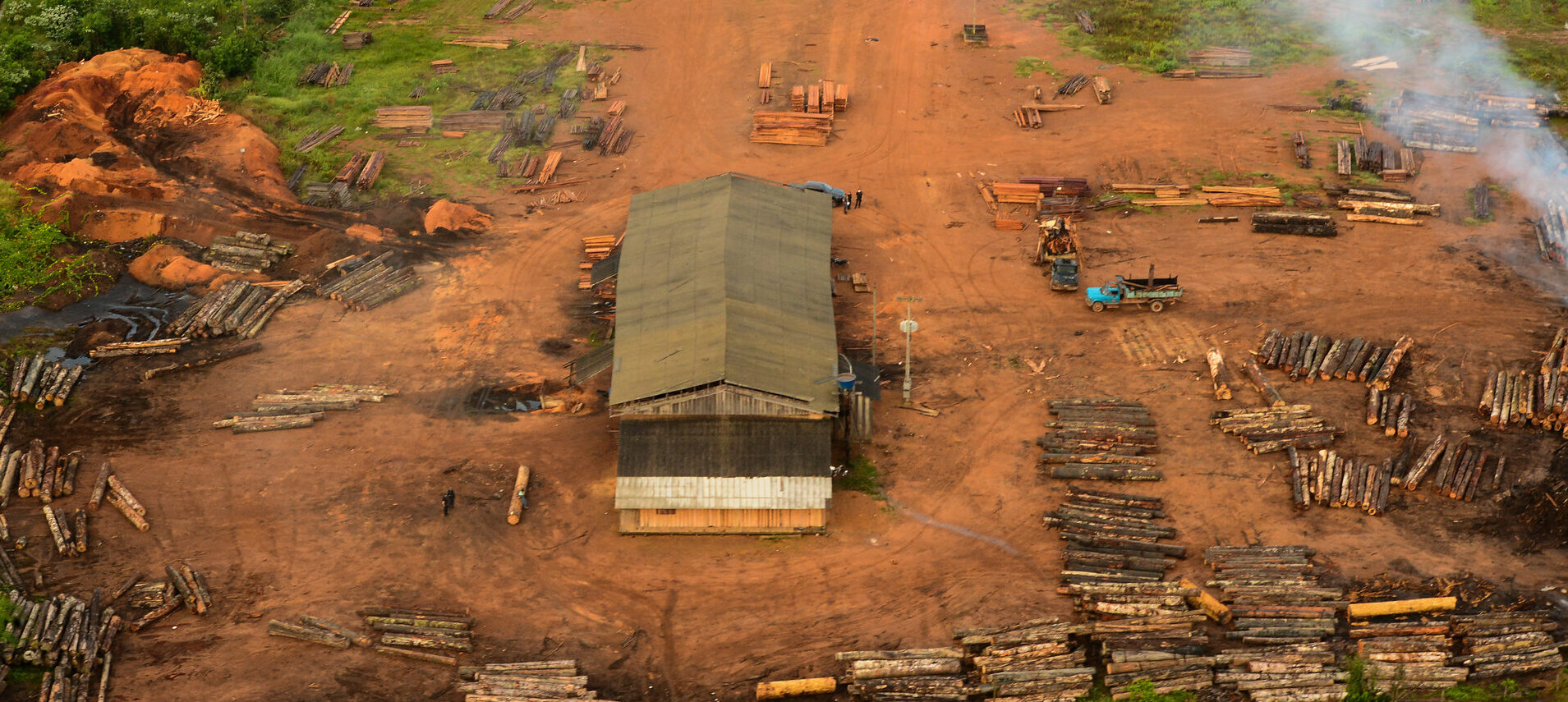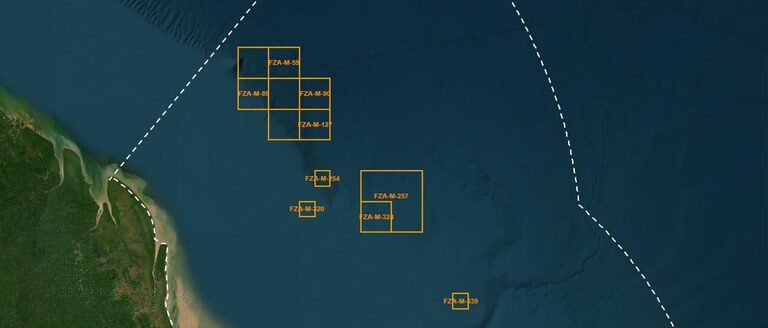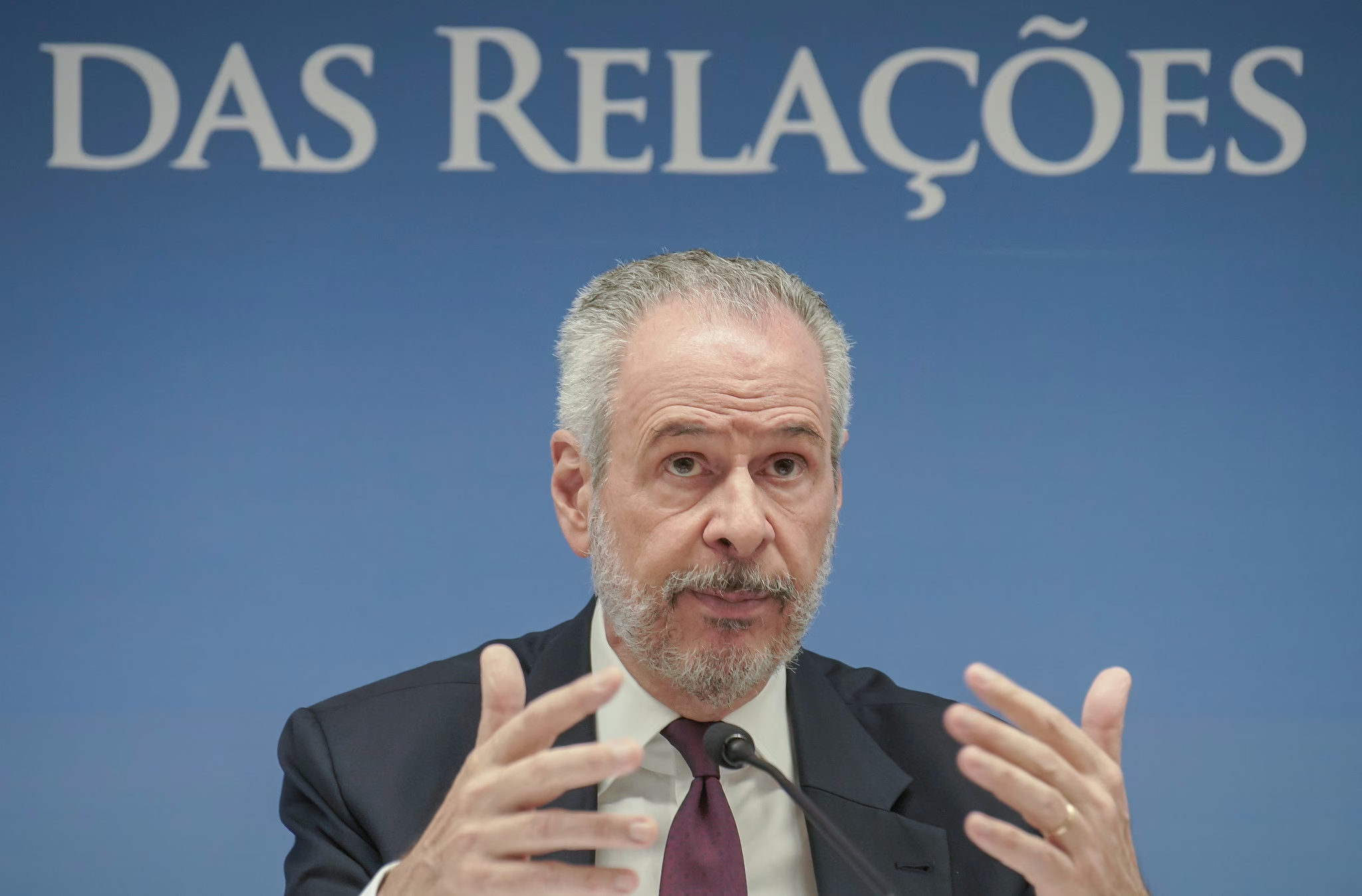PRESS RELEASE
Over just the first 28 days of May, deforestation alerts in the Brazilian Amazon reached the mark of 1,180 km2, an increase of 41% over the same month in 2020. This is the largest alert area since the beginning of the historical series published by the National Space Research Institute’s Deter-B monitoring system, in 2016, and the first time that this figure exceeded 1,000 km2 for that month.
The data is worrying, because the month of May marks the beginning of dry season, when clear-cutting usually accelerates in a large part of the Amazon region. If this trend remains the same over the next two months, the yearly official deforestation rate (measured from August to July) could show in 2021 an unprecedented fourth consecutive high. The behavior of the curve will depend exclusively on the people who today call the shots in the region: environmental criminals.
For the past two and a half years, the Bolsonaro administration has been dismantling deforestation control policies and has killed the only plan that ever managed to reduce destruction, PPCDAm (Plan for the Prevention and Control of Deforestation in the Amazon). Ibama, the federal environmental enforcement agency, has been thwarted; as documents produced this year by the inspection agents themselves showed, anti-minister Ricardo Salles virtually stopped inspections by the agency — whose leaders have just been suspended on charges of aiding illegal loggers.
The Chico Mendes Institute, which oversees federal protected areas, is threatened with extinction. The failed military Operation Verde Brasil 2 was terminated in April and nothing was left in its place. Salles’s plan to create a kind of paramilitary squad in the forest using men from the National Force was interrupted by the prosaic reason that the minister, who is the target of two inquiries before the Federal Supreme Court, now dedicates his time to fleeing from the police.
The accrued figures since August show that the difference between the record alert areas from last year and from this year has been falling fast: in January, deforestation in 2021 was 21% lower than in 2020. Now the difference is at 8%, and it could fall even further.
In this framework of complete absence of the federal government, the R$ 270 million that Congress obtained last week to fund inspection activities will hardly produce any results. “The major problem with inspection and combating deforestation is not just a lack of money; it is the lack of a government”, says Marcio Astrini, executive secretary of Observatório do Clima.
Combating deforestation is almost exclusively in the hands of the States. The problem is that certain governors seem to be on the side of those responsible for deforestation. In Rondônia, Coronel Marcos Rocha (PSL), an ally of Jair Bolsonaro, rewarded land grabbers in May by reducing the area of two conservation units in the state.
“Deforestation this year will be whichever rate illegal loggers, criminal miners and land grabbers want it to be. And, at this moment, they have no reason to control their own actions, since the federal government itself, which should curb illegality, is actually encouraging them through words and deeds”, concludes Astrini.
About Observatório do Clima: a network formed in 2002, composed of 68 non-governmental organizations and social movements, it pursues progress in dialogue, public policies and decision-making processes on climate change in the country and globally. Website: oc.eco.br
Press information
Claudio Angelo
+55 61 9 9825-4783





